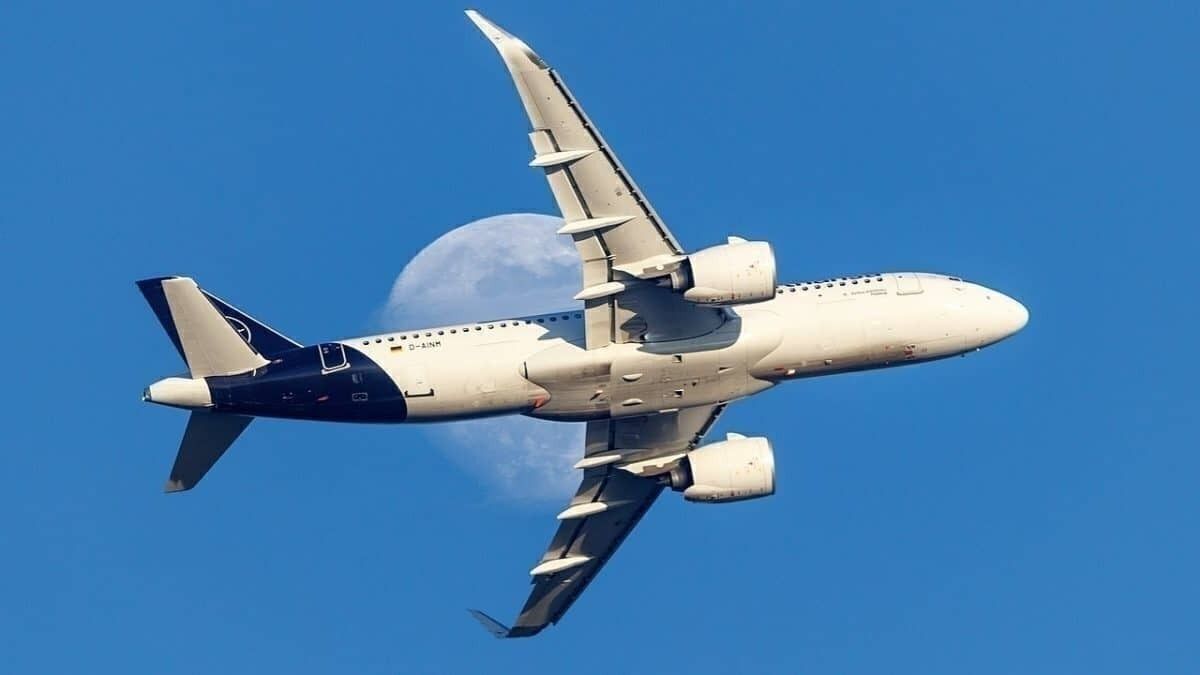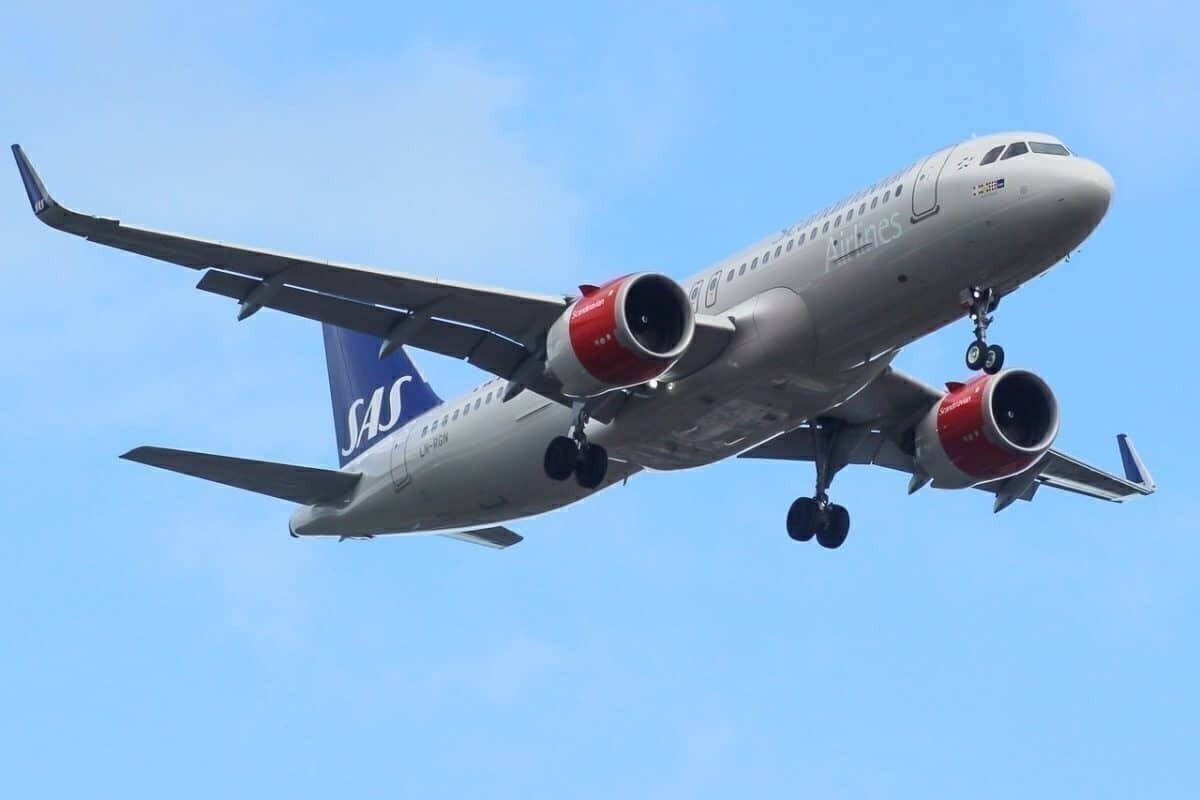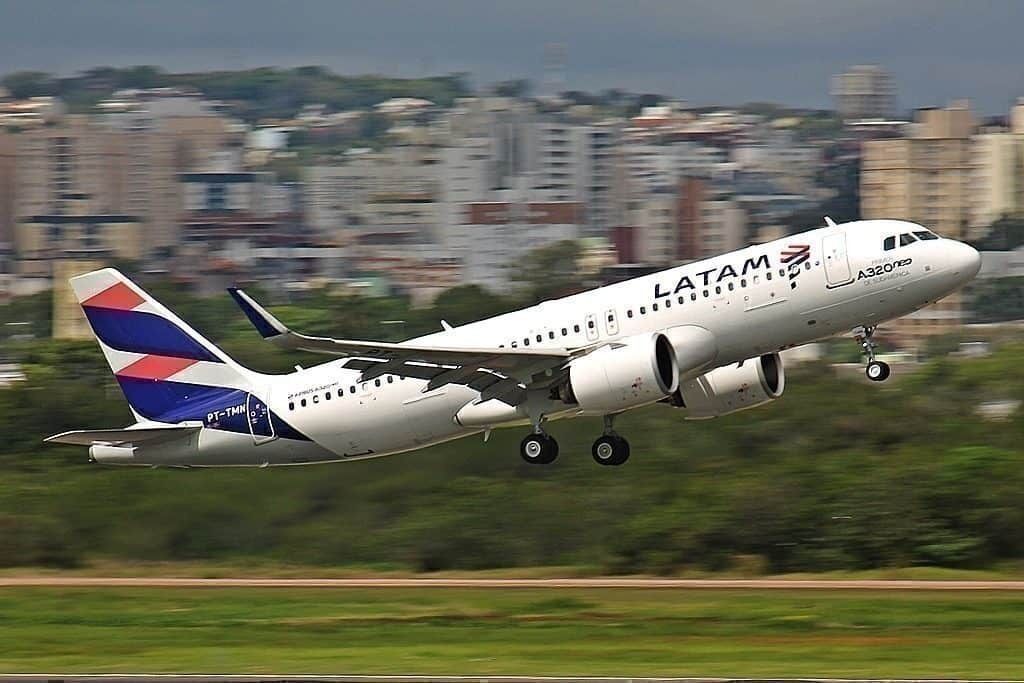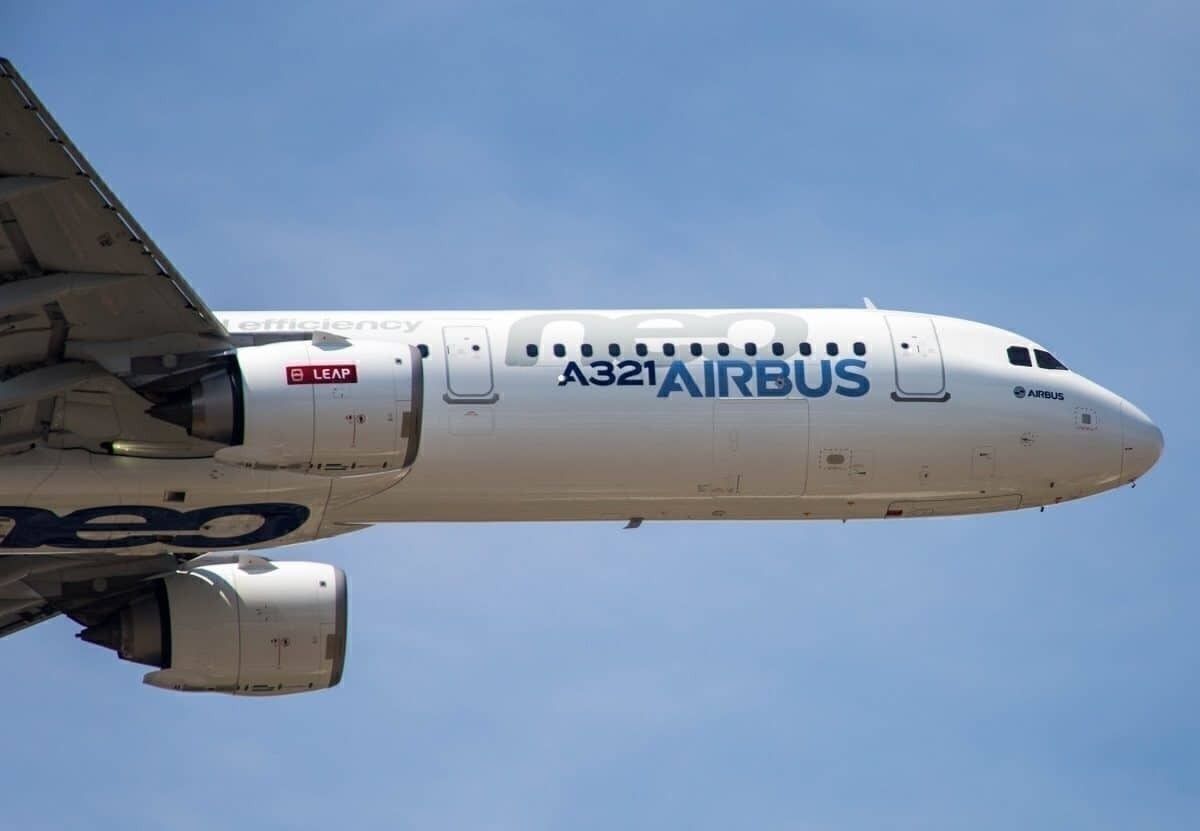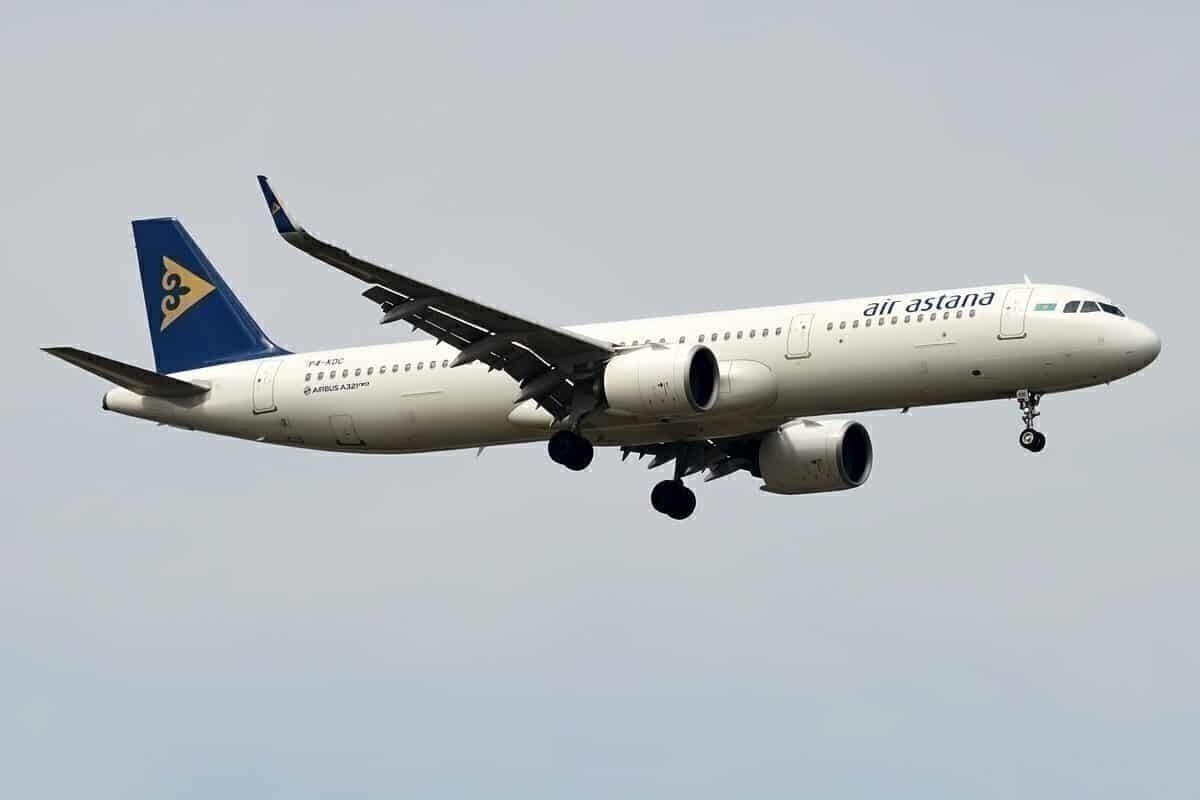After facing issues with the A321neo's pitch, Airbus and EASA are now facing issues with the A320neo. According to an EASA airworthiness directive, simulations identified an issue with the aircraft's angle of attack. Here, we explore the issues facing the neo and the significance of the EASA airworthiness directive.
The A320neo's angle of attack issue
Issues relating to an aircraft's angle of attack have made the news recently. Seemingly, every reiterated narrowbody aircraft is affected by this to vastly varying degrees. It should be clear, however, that there are significant dissimilarities between the issues facing each aircraft type.
Airbus told Simple Flying that the angle of attack issue facing the A320neo requires the combination of four conditions.
Firstly, the aircraft has aft biased center of gravity. Secondly, the aircraft is undergoing a sustained and continuous deceleration. Thirdly, the aircraft is in an approach or landing configuration. Lastly, the crew performs a dynamic pitch-up maneuver.
Under these conditions, the aircraft may enter an undesirable pitch-up situation. Presumably, this is outside of the regular angle of attack guidelines.
Contrary to the 737 MAX, which may maintain automated flight characteristics under manual flying, Airbus asserts that under no circumstances will automated flight controls take over from manual inputs.
The EASA airworthiness directive (AD)
EASA, the European Union's equivalent to the American FAA, issued an airworthiness directive on the 31st of July 2019. The AD, which is sent to all aircraft type operators, acts as both a warning and an order to the operator.
On one hand, the AD notifies the operator of a known safety issue. On the other, it requires the operator to undertake the necessary actions found within the AD. Failure to comply with the AD within a specified time-frame will result in the removal of airworthiness of the operator's aircraft.
Concerning the A320neo, the EASA AD states that operators must comply with Airbus' Flight Manual (AFM) Temporary Revision (TR). The AFM TR in question limits the A320neo's center of gravity envelope, thus limiting the preconditions necessary for the angle of attack issue to arise.
The AD requires operators to amend their applicable AFMs and inform all flight crews of the issue. EASA further stated that this AD, numbered 2019-0189, is considered an interim action and that further AD actions may follow.
What's the difference between the A320neo and A321neo issues?
Airbus was categorical in telling Simple Flying that the four preconditions necessary to cause concern on the A320neo were different from those impacting the A321neo.
By looking at the respective EASA ADs for the A320neo (2019-189) and the A321neo (2019-017R1) one core difference is noticeable, the Elevator Aileron Computer (ELAC).
According to the A321neo's AD, specific ELAC models may perform unfavorably under specific conditions. As Simple Flying previously reported, these conditions are:
- A low approach altitude below 100ft
- in a specific landing condition
- with the aircraft having by a particularly aft center-of-gravity
- with the crew performing a dynamic maneuver
While these conditions may seem very similar to those necessary for the A320neo's limited angle of attack protection issue to arise, EASA clearly states that the "condition addressed by this AD and related required actions are different from those addressed by EASA AD 2019-0189 for A320neo aeroplanes."
Although the A320neo family of aircraft may be facing some issues, it seems that both Airbus and EASA are taking a precautionary philosophy to avoid a crisis in confidence.
What do you think of the issues facing the A320neo? Do you think Airbus and EASA are doing enough? Would you feel comfortable flying in one of the concerned aircraft? Let us know in the comments.

